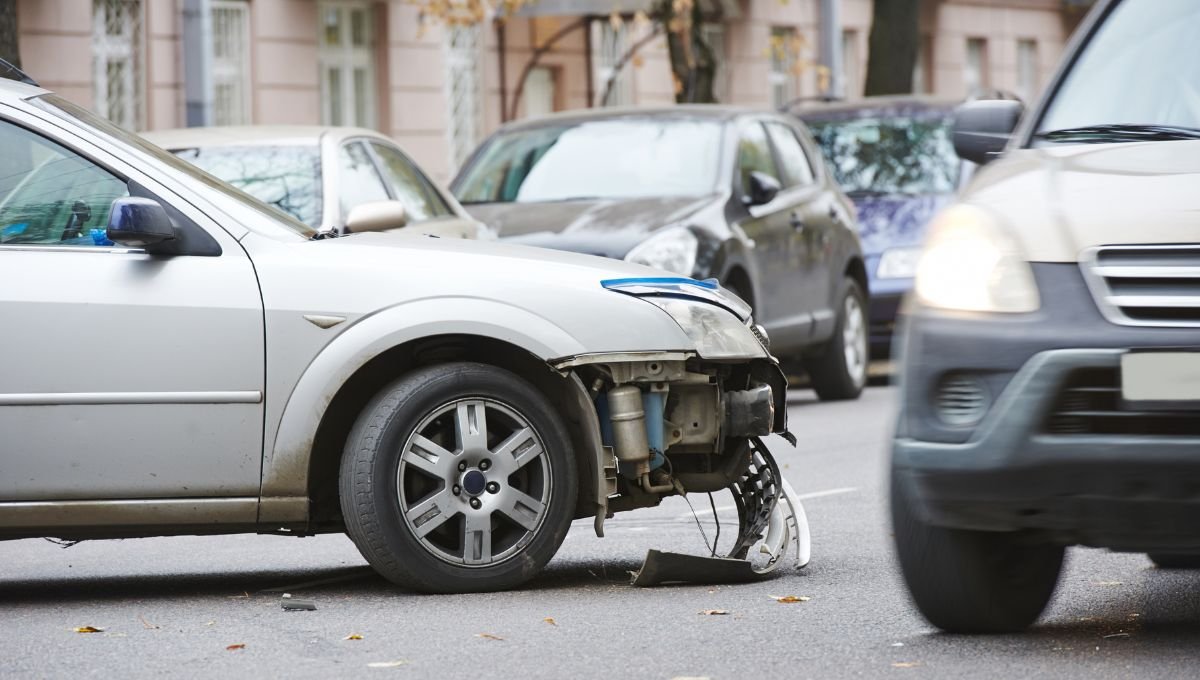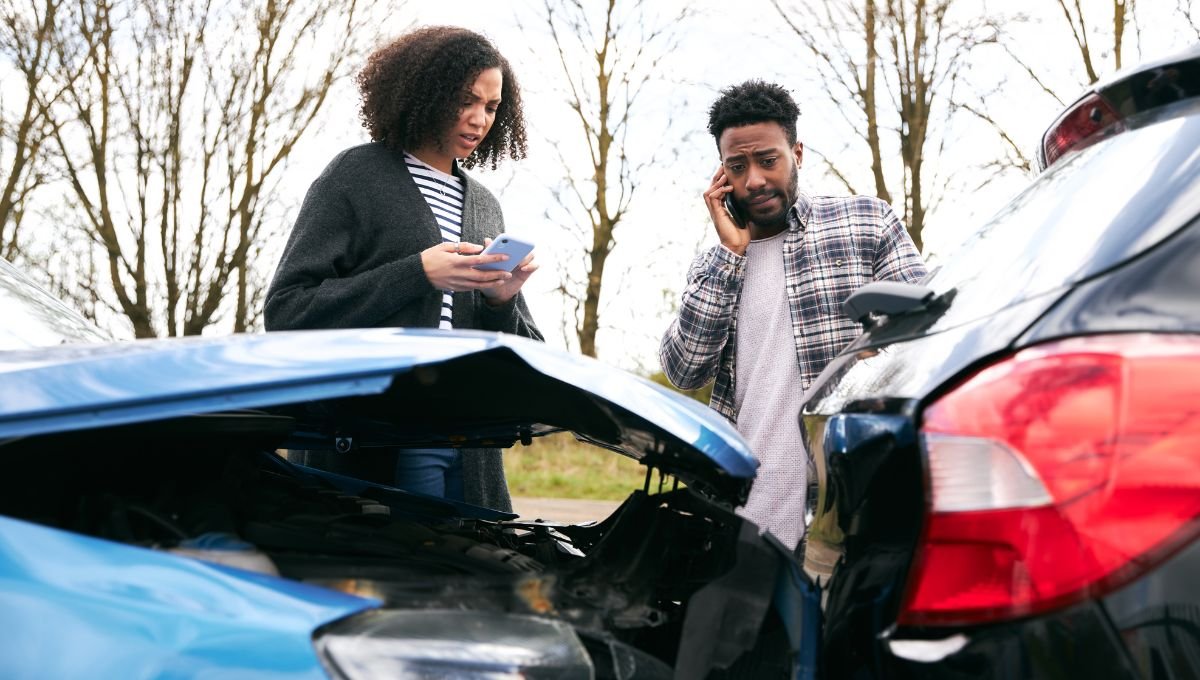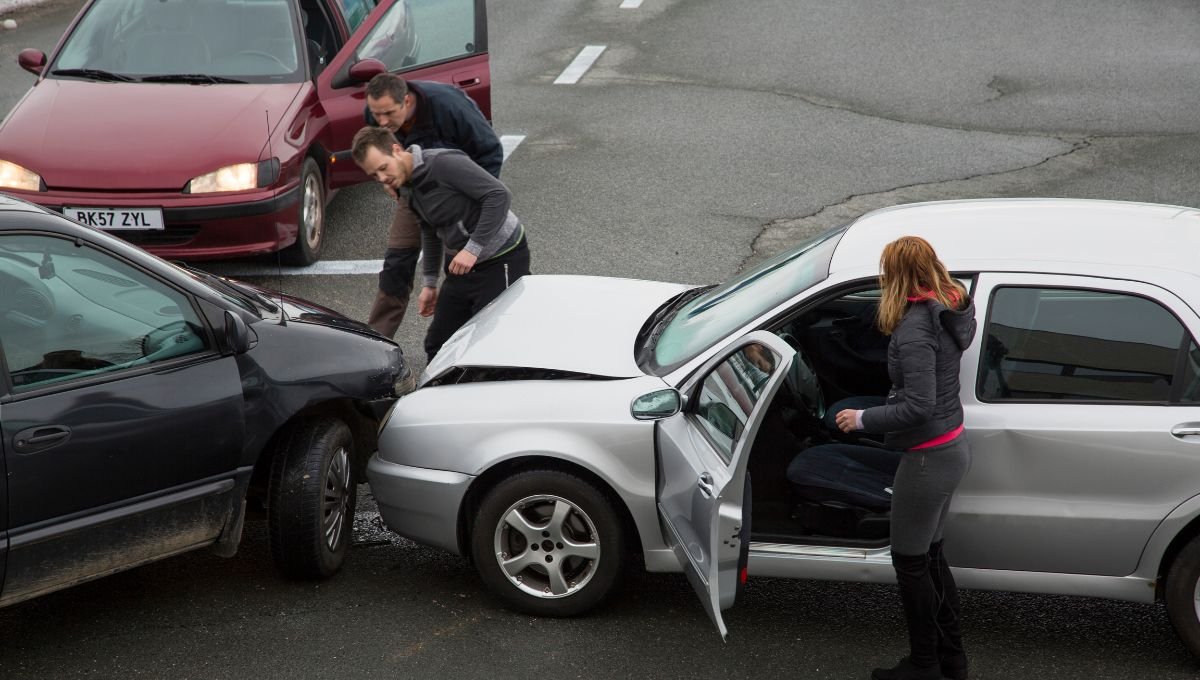Last updated on February 29th, 2024 at 06:59 am
Comprehensive vs. Collision Coverage: What Auto Owners Need to Know, Navigating the Nuances of Your Auto Insurance Policy
Introduction
In the realm of accident protection, understanding the distinction between comprehensive and collision coverage is significant for vehicle proprietors. These two kinds of coverage are basic to safeguarding your vehicle, yet they fill various needs and cover various sorts of occurrences. With the American Protection Affiliation revealing that the normal auto proprietor faces changing dangers relying upon geographic area, driving propensities, and vehicle type, picking the right coverage turns into a customized choice. This blog entry expects to demystify comprehensive vs. collision coverage, giving auto proprietors the information to settle on informed protection decisions.

Figuring out Comprehensive and Collision Coverage
Comprehensive and collision coverage are two mainstays of collision protection that safeguard against actual harm to your vehicle, yet they do as such in various circumstances. Collision coverage is intended to cover harm to your vehicle coming about because of a collision, whether it be with another vehicle or an article, similar to a tree or a light post. Then again, comprehensive coverage shields your vehicle from harm not brought about by a collision. This incorporates occasions like burglary, defacing, fire, catastrophic events, and experiences with creatures.

The Significance of Comprehensive and Collision Coverage
Security Against Different Dangers: Comprehensive and collision coverage together guarantee that your vehicle is safeguarded against many occurrences, from mishaps to startling normal occasions.
Monetary Security: Selecting the two coverages can give inward feeling of harmony, realizing that you’re monetarily safeguarded against critical personal costs for fixes or substitution of your vehicle.

Picking the Right Coverage for Your Requirements
Survey Your Gamble: Think about your driving climate, propensities, and the probability of experiencing the dangers covered by each sort of protection. Metropolitan drivers, for instance, could focus on collision coverage because of the greater gamble of mishaps.
Understanding the Worth of Your Vehicle: The ongoing worth of your vehicle can likewise direct your coverage decisions. Proprietors of fresher, more costly vehicles could help more from having both comprehensive and collision coverage.
Think about Your Monetary Circumstance: Assess your capacity to pay personal for fixes or substitutions. Higher deductibles can bring down your expenses, however they likewise mean greater expenses per hour.
Things to Know about
Deductibles and Expenses: Higher deductibles regularly bring about lower charges, yet they increase your monetary obligation in some cases. Pick a deductible that offsets reasonableness with security.
Strategy Cut off points: Figure out the constraints of your coverage. These cut off points decide the most extreme sum your backup plan will pay for a covered misfortune.
Avoidances: Dive more deeply into what isn’t covered by your strategy. Normal rejections incorporate mileage, mechanical breakdowns, and harm from rodents.

Step-by-Step Manual for Exploring Comprehensive and Collision Coverage
Survey your ongoing strategy: Begin by grasping the particulars of your current coverage. What does it incorporate, and what are the cut off points and deductibles?
Survey Your Necessities: Consider how your way of life, vehicle esteem, and monetary circumstances line up with the requirement for comprehensive and collision coverage.
Think about Statements: Take a gander at quotes from various guarantors to find the best rates for the coverage you really want. Use correlation sites to smooth out this cycle.
Talk with a Protection Proficient: In the event that you’re uncertain about the most ideal decision for your circumstance, an expert can offer customized exhortation in light of your conditions.
By making these strides, auto proprietors can guarantee they’re settling on informed conclusions about comprehensive and collision coverage, actually safeguarding their vehicle while overseeing costs. Understanding the subtleties of every coverage type enables vehicle proprietors to fit their accident coverage arrangements to their particular necessities, giving both insurance and inner serenity.

End and Last Contemplations
Taking everything into account, the excursion through the scene of collision protection doesn’t need to be full of disarray. By recognizing comprehensive and collision coverage, auto proprietors are better situated to tweak their approaches to line up with their special conditions and needs. Perceiving the unmistakable insurances every coverage offers is considered an essential way to deal with protecting one’s vehicle against the bunch of likely dangers on and off the street. It’s tied in with making a monetary wellbeing net that mirrors the real factors of your driving life and the worth of your vehicle.
Exploring the subtleties of comprehensive vs. collision coverage requires a mix of self-evaluation and statistical surveying. The objective is to achieve a balance between comprehensive security and cost viability. This involves a smart assessment of your vehicle’s worth, your driving propensities, and your monetary preparation to deal with unforeseen occasions. Equipped with this information, auto proprietors can settle on engaged choices, guaranteeing their coverage is both satisfactory and lined up with their monetary procedure.
Allow this manual to act as a stepping stone to more educated protection decisions. Make a move by inspecting your ongoing strategy, surveying your coverage needs, and talking with protection experts if necessary. Keep in mind that the right insurance contract isn’t just about gathering lawful prerequisites; it’s tied in with giving genuine serenity and monetary security. Go with the decision that best safeguards your vehicle, your funds, and your future.

FAQs on Comprehensive vs. Collision Coverage:
1. What is the basic qualification between comprehensive and collision coverage?
The essential difference lies in the sort of mischief they cover. Collision coverage pays for mischief to your vehicle that comes about due to a collision with another vehicle or thing. Comprehensive coverage, of course, covers damage to your vehicle from non-collision events like theft, mutilation, disastrous occasions, and animal strikes.
2. Do I truly need both comprehensive and collision coverage?
Whether you truly need the two sorts of coverage depends on factors like the value of your vehicle, your money-related conditions, and your own betting flexibility. If your vehicle is newer or has a high value, passing the two coverages might be useful to protect your hypothesis. Regardless, if you expect that your vehicle is more settled and its worth is low, you could settle on one or not, dependent upon your ability to supersede the vehicle with cash close by.
3. What is the deductible capability for comprehensive and collision coverage?
A deductible is the aggregate you pay by and by before your security coverage kicks in to cover the rest of the mischief. You can pick your deductible aggregate for both comprehensive and collision coverage, with typical decisions going from $250 to $1,000 or more. A higher deductible overall cuts down on your premium, yet it infers more private costs when you record a case.
4. Might I ever have different deductibles for comprehensive and collision coverage?
For sure, you can pick different deductible amounts for comprehensive and collision coverage. This flexibility grants you the ability to adjust your insurance policy to your specific necessities and financial conditions, potentially getting a good deal on costs while still maintaining adequate security.
5. Is comprehensive or collision coverage legitimately vital?
Neither comprehensive nor collision coverage are legitimately vital. Anyway, if you have cash or lease your vehicle, your bank or leasing association could anticipate that you should pass the two kinds of coverage on to defend their premium on your vehicle.
6. What happens if I simply have comprehensive coverage and I’m in a collision?
If you simply have comprehensive coverage and you’ve participated in a collision, the damage coming about in view of the collision wouldn’t be covered. Comprehensive coverage doesn’t cover injuries from collisions; it simply covers non-collision episodes. You would require collision coverage or pay an individual for a collision.
7. How might I finish up how much coverage I need?
Finishing up how much coverage you truly need involves surveying the value of your vehicle, considering your money-related ability to pay for fixes or replacements, and assessing your eagerness to bet. It’s also wise to consider the potential individual costs connected with different deductible levels. An insurance expert can help you with taking these factors apart and choosing the ideal extent of coverage for your conditions.









